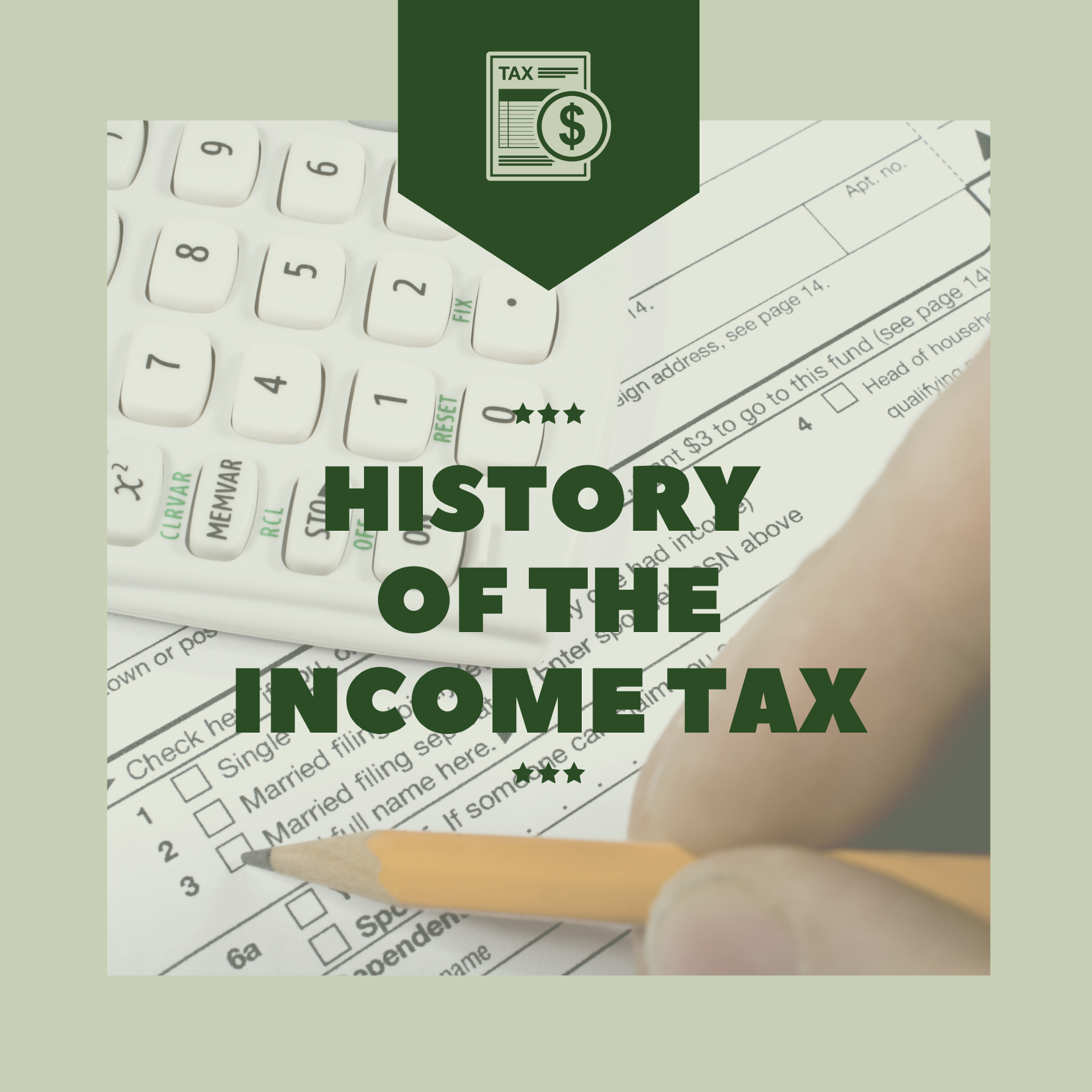
I trust you and your sweetheart will be able to enjoy some quality time together and appreciate each other for Valentine’s Day this month.
On the opposite end of the spectrum from love is taxes. Accounting and taxes are far from sexy, but saving taxes is fun. I enjoy finding tax savings where other accountants saw none, or didn’t think to ask questions and probe deeper. That is one way I help business owners cut their tax burden, by asking if they used their cell phone for business, or if they tracked their business mileage. However, the big tax breaks come from pre-planning, before selling a business or grandpa’s farmland.
What is different this year? Lots. 2020 was a special year from a tax perspective. The federal government tried to ease the pain of shutting down many parts of the economy through stimulus payments to taxpayers and special loans and incentives to businesses. If you lost a loved one or your job to COVID-19, I really empathize with you for your loss. Many people suffered greatly. Conversely, I have seen certain industries thrive and new business opportunities reveal themselves. The demands of the market multiply organically.
I cannot possibly summarize the tax impact of the thousands of pages of laws that were passed in 2020 in this column, but I will do my best to inform you of the basic changes.
Let’s start with the Cares Act, which provided Economic Impact Payments (EIP, aka Stimulus Payments, or Recovery Rebate Credit). Each adult taxpayer received $1,200 between March and May, but high-income earners were phased. Parents also received $500 per child under age 17. This was round 1. Round 2 occurred in late December or early January 2021 with each taxpayer receiving $600, plus $600 for each qualifying child.
The early batches of payments were directly deposited in people’s bank accounts if they received tax refunds last year. However, most business owners like myself intentionally plan to break even or owe the IRS. So, people like us had to go to the IRS website and fill in our bank account number or wait for a paper check to be mailed.
The round one EIP was based on your 2018 tax return, unless you had already filed your 2019 tax return by late March. The round two EIP was based on your 2019 tax return, but if your 2020 tax return produces a larger rebate, you will receive the difference added to your 2020 tax refund. Surprisingly, if a taxpayer was paid too much, they don’t have to return it, also divorced parents can actually both claim the same child for both years, effectively doubling the credit for those children.
Your tax preparer will most certainly ask you if you received both credits. I suggest giving them IRS Notice 1444, which is the letter that came from President Trump, or a copy of your bank statement showing the direct deposit. Good news. If you were shorted either of these payments, you will receive the money when you file your 2020 tax return. (The 2020 tax return serves as a reconciliation.)
The CARES Act also authorized the following for tax year 2020: 1) a $300 charitable deduction for taxpayers who do not itemize, 2) the AGI limit for charitable contributions by individuals was raised from 60% to 100%, and 3) the charitable limit for corporations was raised from 10% to 25%.
If you are self-employed, you will be receiving Forms 1099-NEC (non-employee compensation) this year instead of 1099-MISC.
The SECURE Act raised the age for required minimum distributions (RMD) from age 70 ½ to age 72, but the CARES Act eliminated RMDs for 2020. Also, regarding retirement plans, Coronavirus-related distributions from retirement plans up to $100,000 can be withdrawn without paying the 10% penalty for early withdrawal. The tax on the distribution (or repayments) can also be spread over three years.
The Families First Coronavirus Response Act authorized paid sick leave and family leave credits. Employers received payroll tax credits for required payments to employees for sick leave or to care for family members. Self-employed people are allowed a tax credit for their own sick leave or to care for family members. See IRS Publication 5419. As with all things overseen by the IRS documentation is the key!
Distributions from retirement accounts are also afforded special treatment if the money is used for adoption expenses. The new 10% penalty exception applies to distributions taken after 12/31/19 for births and adoptions within one year of the child’s birth or date of adoption, $5,000 per parent.
Business owners benefitted from the Payroll Protection Program (PPP) and the Economic Injury Disaster Loan (EIDL). The intention of Congress was to encourage employers not to furlough their employees. The PPP loan was based on a formula applied to prior Form 941 payroll reports. It was designed to be forgiven upon request. The EIDL was available directly from the SBA at a very low interest rate to be paid back over 10 years. In addition, $1,000 per employee up to $10,000 was intended to be forgiven.
Here are two new lines to be aware of on the 2020 Form 1040. Page 1, line 10b is a new line titled “Charitable contributions.” Page 2, line 30 is “Recovery rebate credit.”
In closing, wouldn’t it be romantic to sit down by your fireplace with your sweetheart and get your 2020 tax papers organized?
Aric Schreiner, CPA, PFS, is managing member of Columbia CPA Group, LLC.




